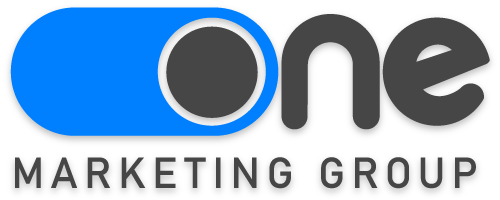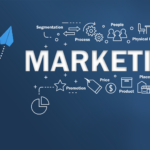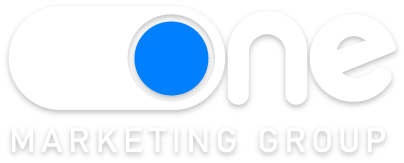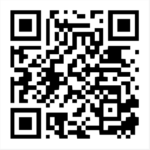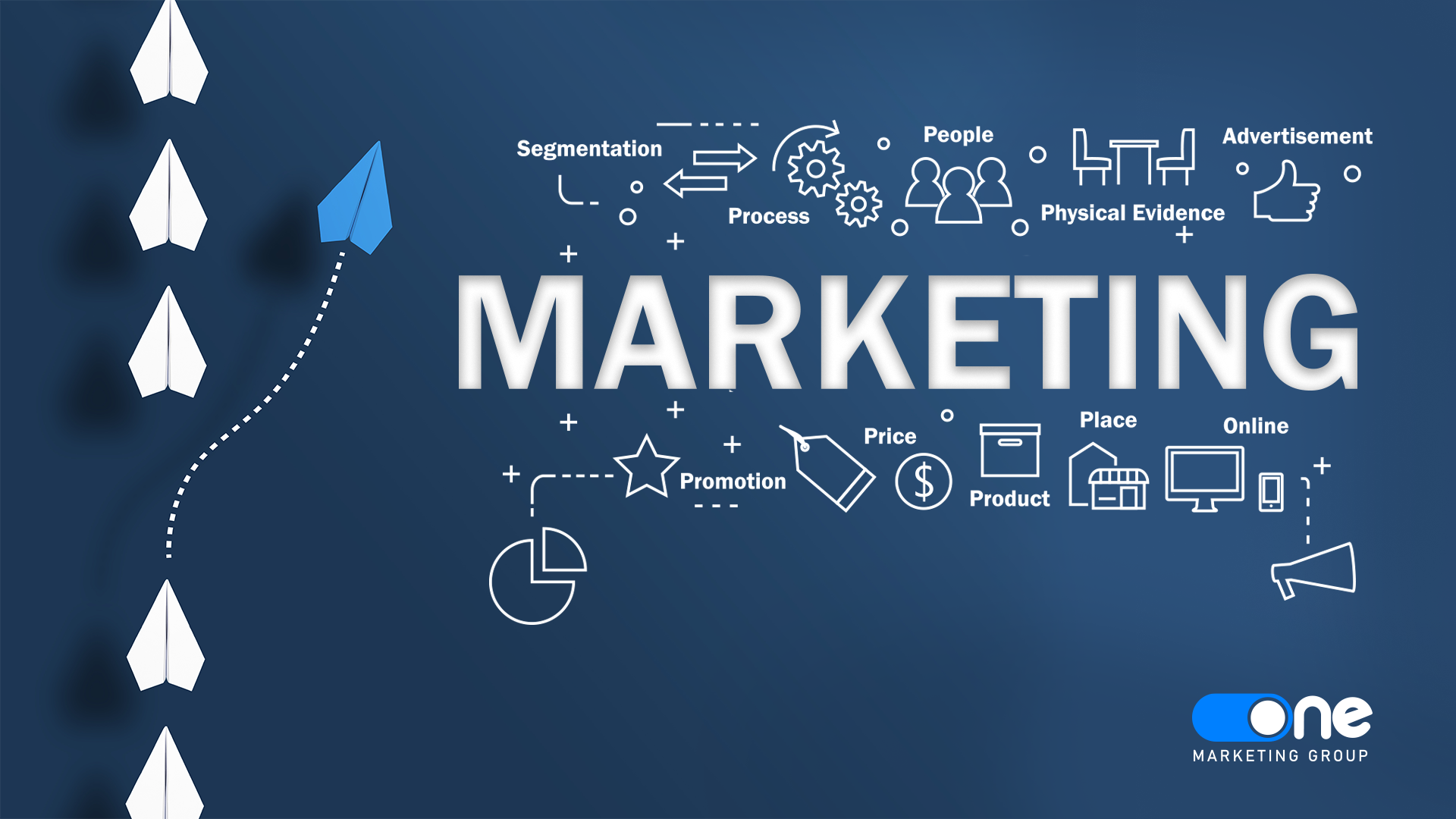
Understanding the 4 Types of Marketing: A Comprehensive Guide
- [email protected]
- August 7, 2024
- Blogs
- 0 Comments
Understanding the 4 Types of Marketing: A Comprehensive Guide
In the ever-evolving world of business, understanding the different types of marketing is essential for crafting effective strategies. At One Marketing Group, we aim to empower businesses with knowledge about the diverse marketing approaches available today. This guide delves into the four primary types of marketing—digital, content, influencer, and traditional—providing insights on how to leverage each to achieve your business goals.
The 4 Types of Marketing
Digital Marketing
What is Digital Marketing?
Digital marketing encompasses all marketing efforts that use an electronic device or the internet. Businesses leverage digital channels such as search engines, social media, email, and websites to connect with current and prospective customers.
Key Components of Digital Marketing
- Search Engine Optimization (SEO): Enhancing your website to rank higher on search engine results pages (SERPs).
- Pay-Per-Click (PPC) Advertising: Paid ads that appear on search engines and other platforms.
- Social Media Marketing: Promoting your brand and content on social media channels to increase brand awareness and drive traffic.
- Email Marketing: Sending targeted emails to your audience to promote products, services, or content.
Benefits of Digital Marketing
- Cost-Effective: Digital marketing is generally more affordable compared to traditional methods.
- Targeted: Allows for precise targeting based on demographics, interests, and behaviors.
- Measurable: Provides clear analytics to measure the effectiveness of campaigns.
Content Marketing
What is Content Marketing?
Content marketing focuses on creating, publishing, and distributing valuable content to attract and retain a clearly defined audience. The ultimate goal is to drive profitable customer action.
Key Components of Content Marketing
- Blog Posts: Regularly updated articles on your website that provide valuable information to your audience.
- Infographics: Visual representations of information that make complex data easy to understand.
- Videos: Engaging video content that can educate, entertain, or inform your audience.
- eBooks and Whitepapers: In-depth, downloadable content that offers detailed insights into specific topics.
Benefits of Content Marketing
- Builds Trust: High-quality content establishes your brand as an authority in your industry.
- SEO Benefits: Regularly updated content can improve your search engine rankings.
- Engagement: Engaging content keeps your audience on your site longer, increasing the likelihood of conversion.
Influencer Marketing
What is Influencer Marketing?
Influencer marketing involves partnering with influencers—individuals with a significant following on social media or other platforms—to promote your products or services. These influencers can sway the purchasing decisions of their audience due to their authority, knowledge, or relationship with their followers.
Key Components of Influencer Marketing
- Finding the Right Influencers: Identify influencers whose audience aligns with your target market.
- Collaboration: Work with influencers to create authentic content that resonates with their followers.
- Campaign Management: Track and manage influencer campaigns to ensure they meet your marketing objectives.
Benefits of Influencer Marketing
- Authenticity: Influencers can provide genuine endorsements that resonate with their audience.
- Reach: Access to a larger and potentially more engaged audience.
- Trust: Leveraging the trust influencers have built with their audience can enhance your brand’s credibility.
Traditional Marketing
What is Traditional Marketing?
Traditional marketing refers to conventional marketing methods that have been used for decades and are not based on digital platforms. These include print ads, broadcast ads, direct mail, and outdoor advertising.
Key Components of Traditional Marketing
- Print Advertising: Ads in newspapers, magazines, brochures, and flyers.
- Broadcast Advertising: Television and radio commercials.
- Direct Mail: Physical mailers sent directly to potential customers.
- Outdoor Advertising: Billboards, posters, and transit advertising.
Benefits of Traditional Marketing
- Broad Reach: Effective for reaching local and older demographics who may not be as active online.
- Tangible: Physical materials can make a lasting impression.
- Credibility: Established methods can lend a sense of credibility and trustworthiness to your brand.
Integrating Different Types of Marketing
Creating a Cohesive Strategy
A successful marketing strategy often involves integrating various types of marketing to create a cohesive approach. Here’s how to effectively combine these methods:
Aligning Digital and Traditional Marketing
- Consistent Branding: Ensure your brand message and visuals are consistent across all channels.
- Cross-Promotion: Use traditional marketing to drive traffic to your digital platforms and vice versa.
- Integrated Campaigns: Develop campaigns that leverage the strengths of both digital and traditional methods.
Leveraging Content Across Platforms
- Repurpose Content: Use blog posts as the basis for social media content, infographics, and email newsletters.
- Unified Messaging: Maintain a consistent tone and style across all content to reinforce your brand identity.
- Engagement: Encourage interactions across multiple platforms to build a stronger connection with your audience.
Measuring Success
To ensure your marketing efforts are effective, it’s crucial to measure their success. Key performance indicators (KPIs) to consider include:
Digital Marketing Metrics
- Website Traffic: Track the number of visitors to your website.
- Conversion Rate: Measure the percentage of visitors who take the desired action.
- Social Media Engagement: Monitor likes, shares, comments, and followers.
Content Marketing Metrics
- Page Views: Track the number of views each piece of content receives.
- Time on Page: Measure how long visitors stay on your content pages.
- Lead Generation: Track how many leads are generated from your content.
Influencer Marketing Metrics
- Reach: Measure the total number of people who see the influencer’s content.
- Engagement Rate: Track likes, comments, and shares on influencer posts.
- ROI: Calculate the return on investment from influencer campaigns.
Traditional Marketing Metrics
- Response Rate: Measure the number of responses to direct mail or print ads.
- Reach: Track the audience size of broadcast ads.
- Brand Awareness: Use surveys or market research to gauge changes in brand awareness.
Conclusion
Understanding the different types of marketing and how to leverage them effectively is crucial for any business aiming for long-term success. At One Marketing Group, we specialize in creating comprehensive marketing strategies that incorporate digital, content, influencer, and traditional marketing to help businesses achieve their goals.
Ready to elevate your marketing strategy? Contact One Marketing Group today and let us help you create a powerful, integrated marketing plan that drives results.
